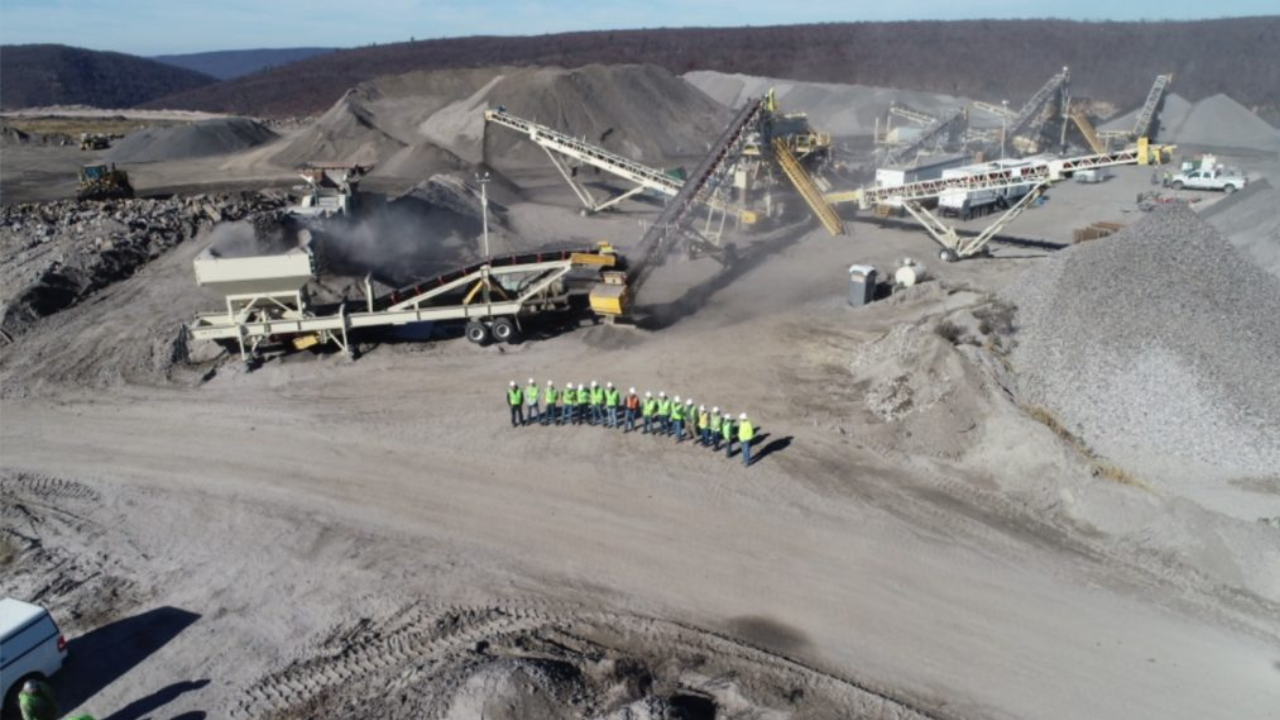Artificial sand has been in high demand, as natural river sand continues to dwindle in supply. The sand-making plants are essential in the construction and infrastructure development all around, supplying high-quality aggregates. The most critical technology used in the process is the vsi crusher, which receives raw materials and converts them into high-quality manufactured sand. It has become the workhorse of modern sand production systems due to its efficiency, reliability, and performance. This article discusses the reasons why no sand-making plant can be successful without it.
Knowing the Essence of a Sand-Making Plant
A sand-making plant has a specific process flow to achieve uniform quality. Raw materials are introduced into a jaw crusher, where they are crushed into the first stage. The material is refined further by secondary crushers, which may be of cone or impact type. Stones are then sorted by vibrating screens. The feed of the correct size passes the VSI stage, and the pieces of the incorrect size are re-crushed, repeating the process.
The most critical point is the VSI stage. In this case, materials will be molded and smoothed to fine apart sand. Lastly, sand washing machines, such as wheel-type or spiral-type washers, purify the product. These stages are integrated to ensure that the sand plants produce aggregates that meet the demanding requirements of the construction industry.
Why VSI Crushers Are Unique For Producing Sand?
The VSI crusher is based on two principles, rock-on-rock and rock-on-iron crushing. This will be a two-pronged approach that is flexible when working with various materials. The 30-50mm size of feeds can be whittled down to sound quality sand particles. This level of shaping accuracy is typically not achievable with traditional impact crushers.
VSI machines are unique in that they yield cubical and uniform aggregates, which are well-graded. Much to be desired is this cubic form in concrete and asphalt. It ensures high strength, workability, and durability. On the other hand, flaky and elongated particles are typically not produced by traditional crushers, which may hurt material performance.
Role of VSI Crusher in Ensuring Sand Quality
The quality of sand determines the strength of any concrete or asphalt application. The particle size and shape can always be controlled in a VSI crusher. This measure prevents the construction standards that may be considered too strict.
The surface texture and compressive strength of the aggregates directly influence the durability of buildings. Any feed material, such as granite, basalt, limestone, pebbles, slag, and calcite, can be used in VSI machines. Moreover, they reduce flaky particles or long particles, which compromise structural integrity. To engineers and constructors, this dependability is essential.
Capacity and Performance Factors That Cement Its Backbone Role
Performance capacity also justifies the need for VSI crushers. The most common VSI sand makers work between 120 and 640 t/h. They can work with feed sizes of 30-50 mm successfully, allowing them to process materials that have been secondary crushed.
They can be used in both small-scale plants and extensive industrial processes due to their flexibility. VSI crushers produce an optimized production line by being integrated with vibrating feeders, screens, and washing machines. This flexibility makes them the powerhouse of current sand-making plants.
Contribution to Sustainable and Reliable Sand Supply
The VSI technology application also addresses urgent environmental and resource issues. There is a regulatory limit on natural river sand due to ecological problems. VSI crushers reduce reliance on finite resources, as they utilize highly prevalent raw materials such as pebbles, quarry waste, and slag.
They also maximize their use of resources by minimizing fines and waste. This increases a sand-making process that is more efficient and sustainable. The dependability of VSI machines over the long term ensures the stability of VSI machine supply in infrastructure initiatives, striking a balance between demand and environmental accountability.
Synergy Between VSI Crusher and Sand Washing Systems
There is a complementary role of sand washing machines in the refining of VSI output. The washers include wheel-type washers with capacities ranging from 15 to 200 TPH and spiral washers with capacities ranging from 30 to 200 TPH, which eliminate clay, dust, and other impurities. They also remove any undesirable impurities, leaving them with clean, high-quality sand.
These washers are coupled with VSI crushers to complete the sand production cycle. The integrated system produces materials suitable for concrete and highway construction, as well as water conservation systems. This collaboration guarantees quality and efficiency in sand-making plants.
Conclusion
The VSI crushers have been appreciated due to their distinctive principle of crushing, versatility, and performance. The sand-making plants would be able to achieve quality and quantity targets without the use of VSI technology. The capabilities of these machines enable the production of robust, powerful, and uniform aggregates while also promoting sustainable practices.
The VSI crushing machine has emerged as the unsung hero of sand making in the modern construction industry, offering a combination of efficiency, reliability, and lightness that meets the demands of international infrastructure.


